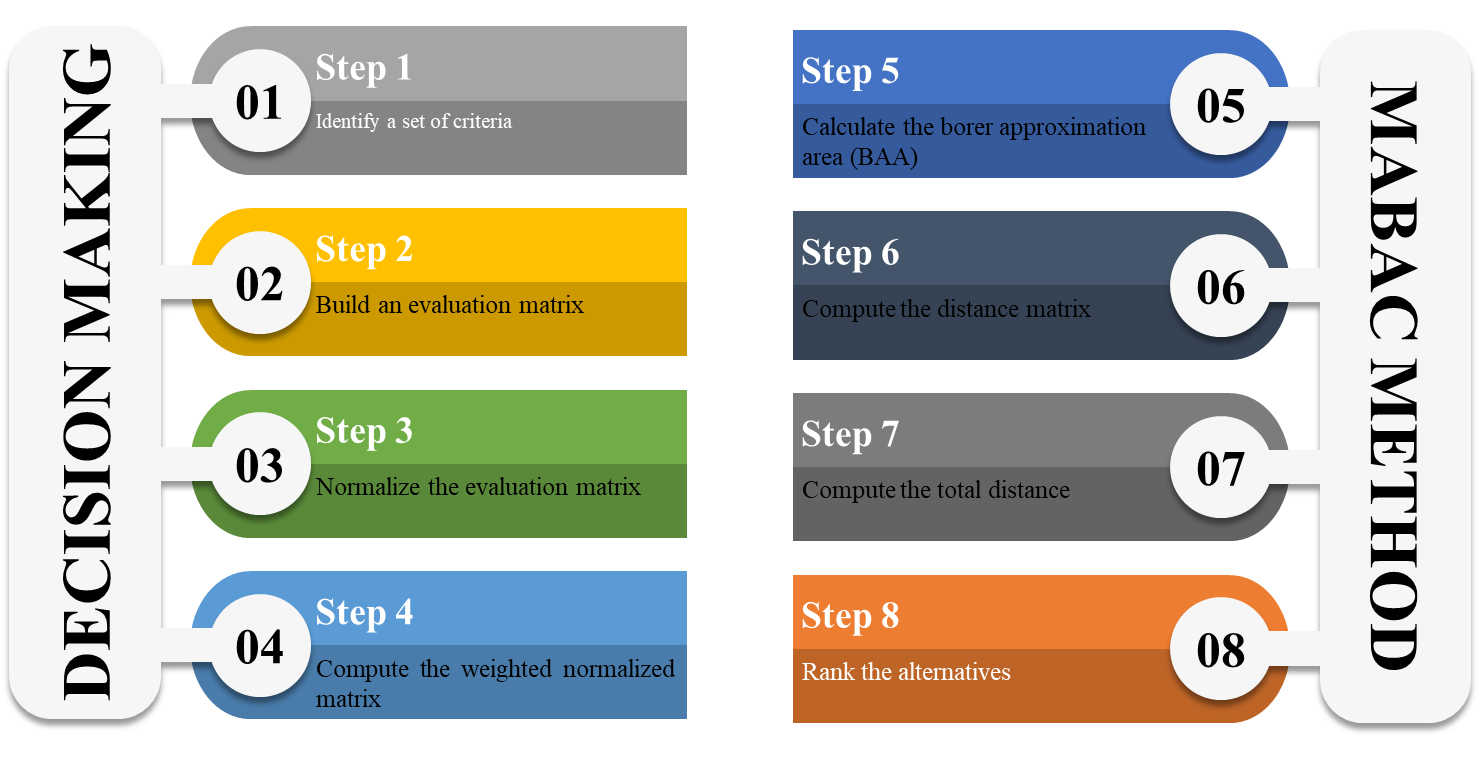A Multi-Criteria Decision Making Methodology for Assessment Performance of Electrocoagulation System
Main Article Content
Abstract
The assessment of the performance of an electrocoagulation system is crucial for evaluating its effectiveness in treating wastewater or water. This study summarizes critical points related to the criteria for assessing the performance of an electrocoagulation system. These criteria include treatment efficiency, removal efficiency, energy consumption, electrode performance, reaction time, sludge production and handling, scalability and flexibility, system reliability and maintenance, cost-effectiveness, compliance with regulations, water recovery and reuse, system monitoring and control, chemical usage, system stability and robustness, and operational expertise and training. Considering these criteria enables organizations to evaluate the system's ability to remove contaminants effectively, optimize energy consumption, ensure electrode performance and durability, meet treatment objectives, handle sludge efficiently, comply with regulations, and demonstrate cost-effectiveness. The assessment process helps select an electrocoagulation system that aligns with specific requirements, improves water quality, and contributes to environmental sustainability. We used some multi-criteria decision-making (MCDM) methodology to deal with these criteria. The MABAC method is an MCDM method used to rank the alternatives. The 15 criteria and 10 alternatives are used in this paper. We conducted a sensitivity analysis to check the stability of the results. The main results show the results are stable.
Downloads
Article Details

This work is licensed under a Creative Commons Attribution 4.0 International License.





